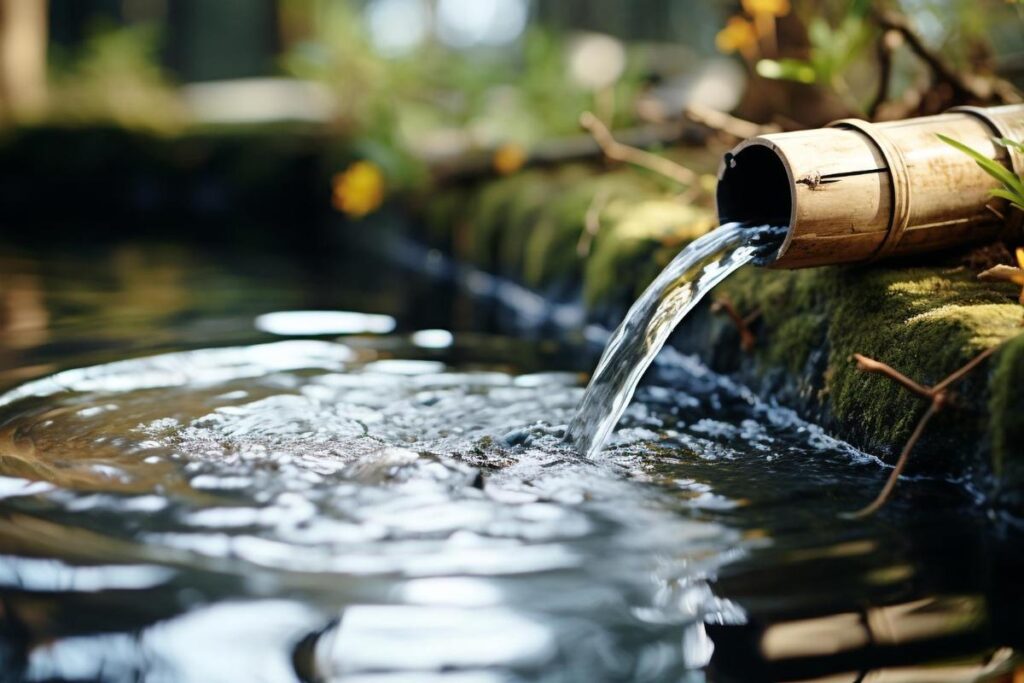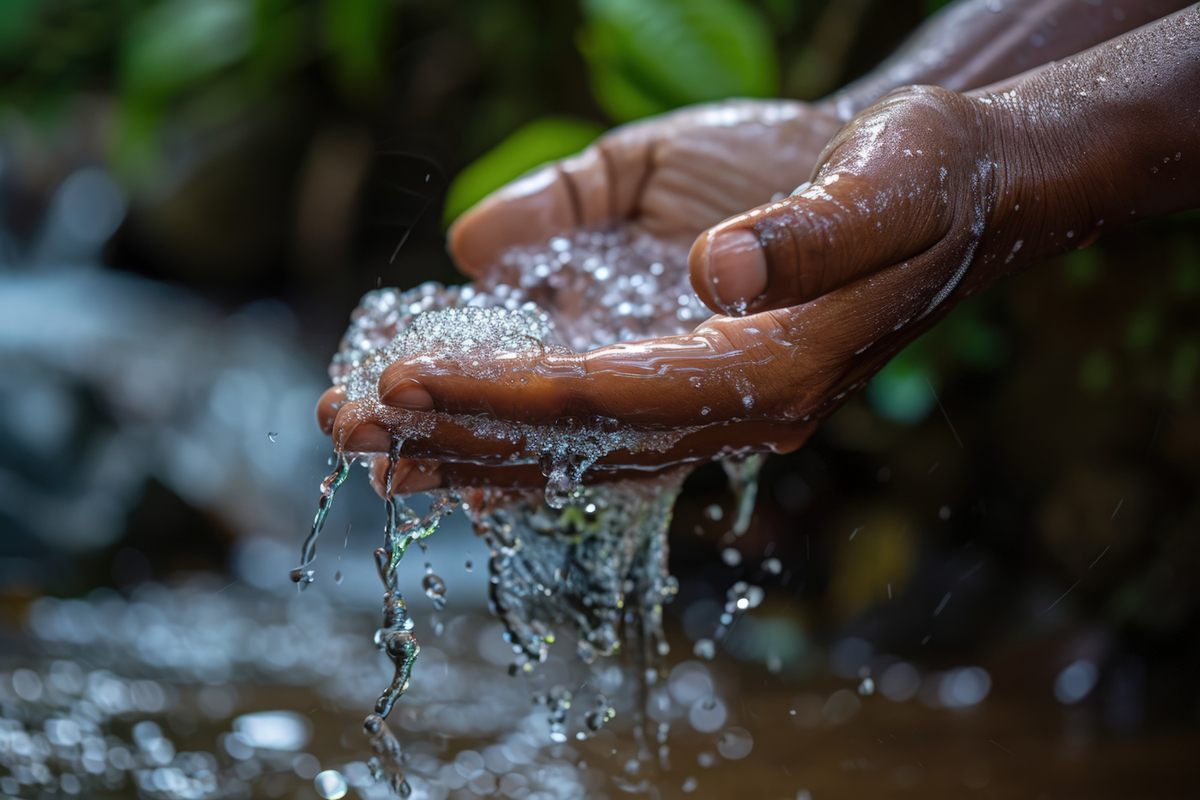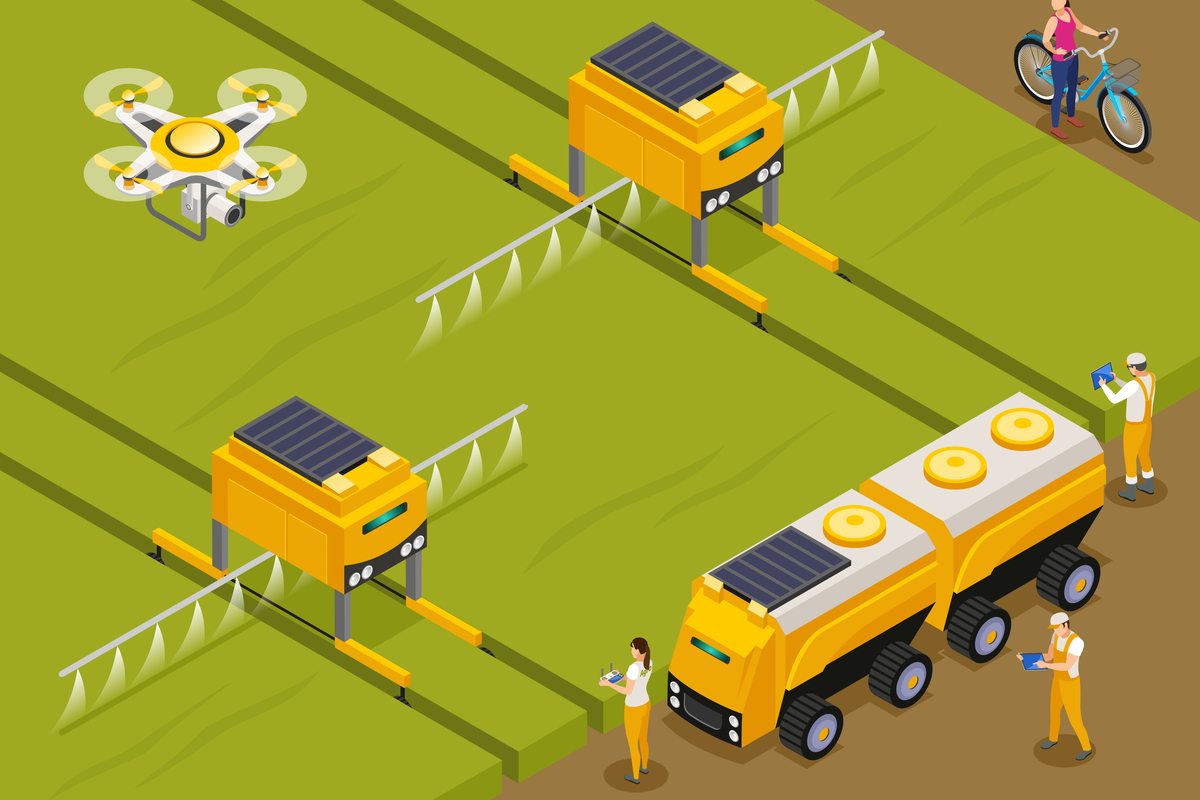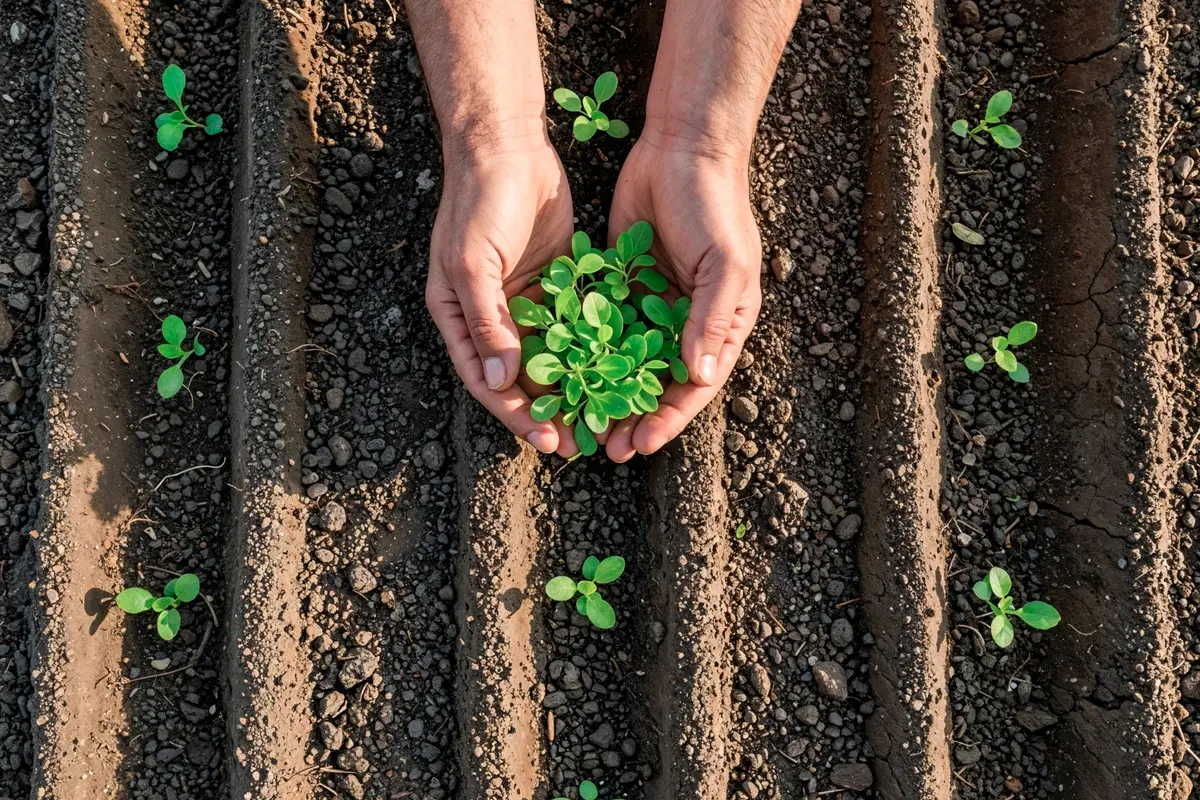Rainwater harvesting is an age-old yet increasingly relevant method of collecting and storing rainwater for later use. As the demand for freshwater continues to rise and water scarcity becomes a pressing global issue, this sustainable practice offers a practical solution to reduce dependence on traditional water sources for irrigation and domestic use.
While rainwater harvesting brings several benefits, such as water conservation, reduced utility bills, and groundwater recharge, it also comes with certain limitations, including storage challenges, maintenance issues, and dependency on rainfall. In this article, we will explore both the advantages and disadvantages of rainwater harvesting to better understand its potential and limitations in modern water management.
Table of Contents
Advantages of Rainwater Harvesting

1. Conserves Water Resources
Rainwater harvesting significantly reduces the dependency on traditional water sources like groundwater, rivers, and municipal supplies. By collecting rainwater, individuals and communities can use it for various purposes, such as gardening, cleaning, irrigation, and even for drinking after proper filtration. This conservation effort is especially vital in areas facing water shortages or droughts, helping to preserve existing freshwater resources for essential needs.
2. Reduces Water Bills
One of the most direct economic benefits of rainwater harvesting is the reduction in water bills. When rainwater is used for non-potable applications like flushing toilets, washing vehicles, or watering plants, it lessens the consumption of treated water from municipal supplies. Over time, this can lead to substantial savings, particularly for institutions, large households, or agricultural operations with high water usage.
3. Reduces Groundwater Depletion
In many regions, excessive extraction of groundwater has led to falling water tables and even dried-up wells. Rainwater harvesting helps to reduce this pressure by offering an alternative water source. Moreover, when systems are designed to allow rainwater to percolate into the ground, they help recharge underground aquifers, contributing to long-term groundwater sustainability.
4. Prevents Urban Flooding
In urban areas, heavy rainfall often leads to waterlogging and flooding due to poor drainage systems. Rainwater harvesting systems can mitigate this issue by capturing runoff and reducing the burden on drainage infrastructure. This helps prevent soil erosion, minimizes property damage, and contributes to safer urban living during the rainy season.
5. Improves Water Quality in Surface Water Bodies
By reducing the volume of stormwater runoff that enters rivers, lakes, and other surface water bodies, rainwater harvesting can help prevent the contamination of these sources. Runoff water often carries pollutants, debris, and chemicals from roads and buildings. When this water is captured and stored instead, it lessens pollution levels and improves the overall water quality in natural ecosystems.
6. Lowers Carbon Footprint
Treating and transporting water through municipal systems require significant energy. By using harvested rainwater, individuals can reduce their reliance on these energy-intensive systems, thereby lowering their overall carbon footprint. This contributes positively to environmental sustainability and helps combat climate change on a small yet meaningful scale.
7. Provides an Independent Water Supply
Rainwater harvesting offers a self-reliant water source, especially valuable in areas with unreliable or limited municipal water supply. During times of water shortages, supply cuts, or natural disasters, stored rainwater can serve as a reliable backup. This independence is particularly important for rural communities, schools, and farms that may face irregular water delivery.
8. Encourages Environmental Awareness
Implementing and maintaining a rainwater harvesting system promotes awareness about water conservation and environmental sustainability. It can lead to more eco-friendly habits such as mindful water usage, regular system maintenance, and even interest in other green technologies. This awareness can spread through families, schools, and communities, creating a culture of responsible water management.
Disadvantages of Rainwater Harvesting

1. Initial Installation Cost
Setting up a rainwater harvesting system can involve significant initial expenses. The cost includes gutters, pipes, storage tanks, filtration units, and possibly pumps for water distribution. For households or institutions with limited budgets, these upfront costs can be a financial burden, even though the system may be cost-effective in the long run.
2. Limited Storage Capacity
One of the major challenges of rainwater harvesting is the limited storage space available for collecting water. Once the storage tank is full, any excess rainwater goes to waste unless additional provisions are made. This makes it difficult to rely solely on harvested rainwater for long periods, especially in areas with long dry spells between rainy seasons.
3. Dependency on Rainfall
Rainwater harvesting systems are completely dependent on the availability and pattern of rainfall. In regions with low or unpredictable rainfall, the amount of water collected may not be sufficient to meet even basic needs. This makes the system unreliable in times of drought or during extended dry periods.
4. Regular Maintenance Required
To keep the system functioning properly and to ensure water quality, regular maintenance is essential. Gutters and filters must be cleaned frequently to prevent blockages, and storage tanks need to be checked for leaks, cracks, or contamination. Neglecting maintenance can result in poor water quality and system failure.
5. Water Quality Concerns
If the water is not properly filtered and the collection surfaces are not clean, harvested rainwater may be contaminated with dust, bird droppings, or chemicals from rooftops. This can make the water unsafe for drinking or even for some household uses unless treated further, adding to the complexity and cost.
6. Space Requirement
A rainwater harvesting system, especially the storage tanks, requires adequate space, which may not be available in all buildings or urban areas. In small houses or densely populated regions, finding enough room to install a functional system can be a significant limitation.
7. Not Suitable for All Roof Types
The effectiveness of a rainwater harvesting system largely depends on the type and material of the roof. Some roofing materials, like asbestos or lead-based paints, can leach harmful substances into the water, making it unsuitable for use. This limits the application of rainwater harvesting in buildings with incompatible roofing.
8. Uneven Water Distribution
Rainwater harvesting usually benefits the area where it is installed, but it may not support larger community-level water needs unless implemented on a wide scale. This uneven distribution can create disparities, especially in regions where only certain households or institutions can afford to install and maintain these systems.
Conclusion
In conclusion, rainwater harvesting is a valuable and eco-friendly method of conserving water, offering numerous advantages such as reducing dependence on conventional water sources, lowering water bills, and promoting groundwater recharge. However, like any system, it has its limitations, including high initial costs, maintenance needs, and reliance on consistent rainfall. While it may not be a complete solution to water scarcity, when planned and managed properly, rainwater harvesting can play a significant role in sustainable water management. Balancing its benefits and challenges is key to making it an effective part of our long-term environmental strategies.







